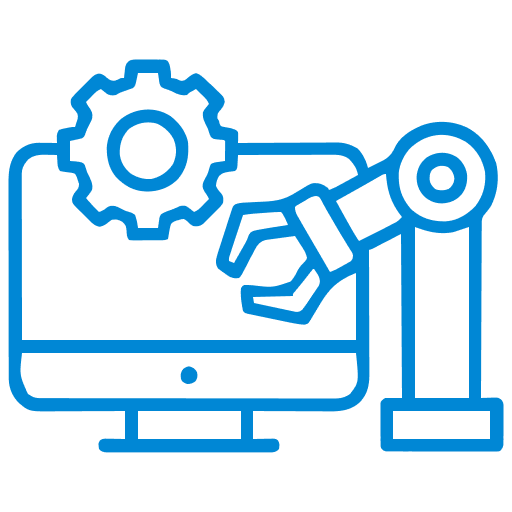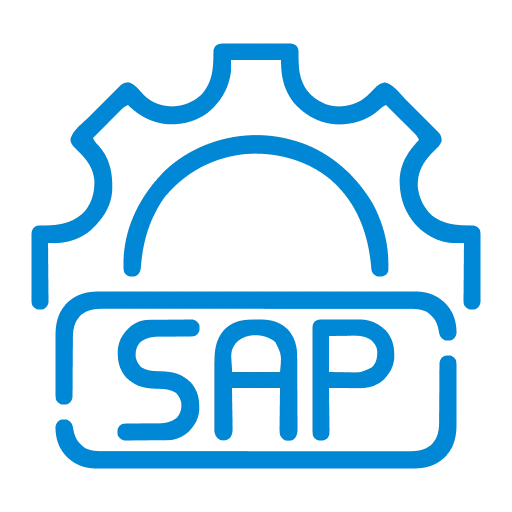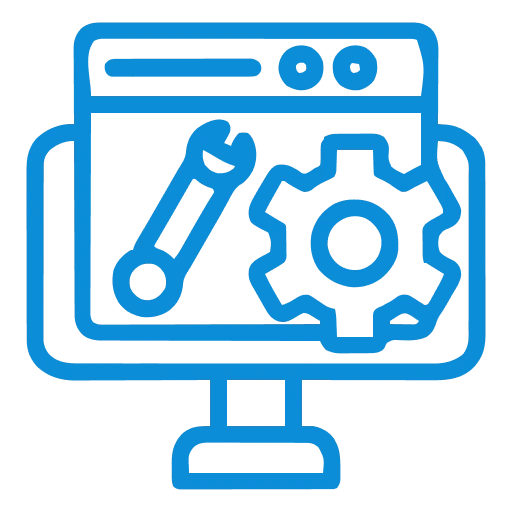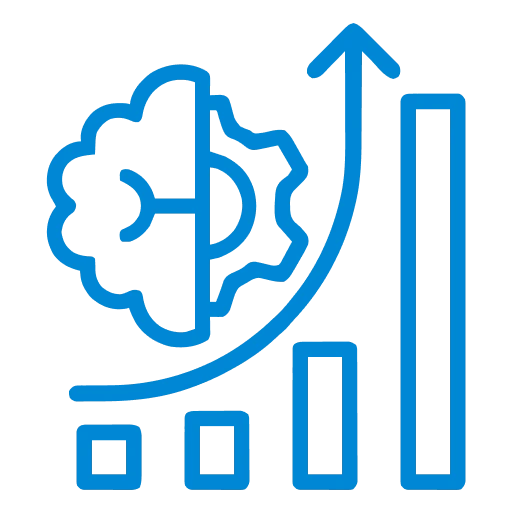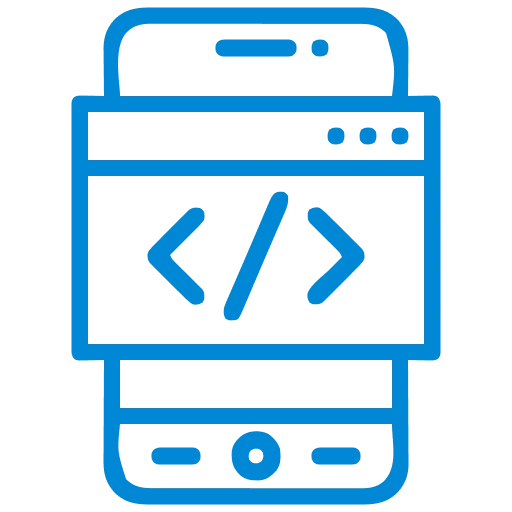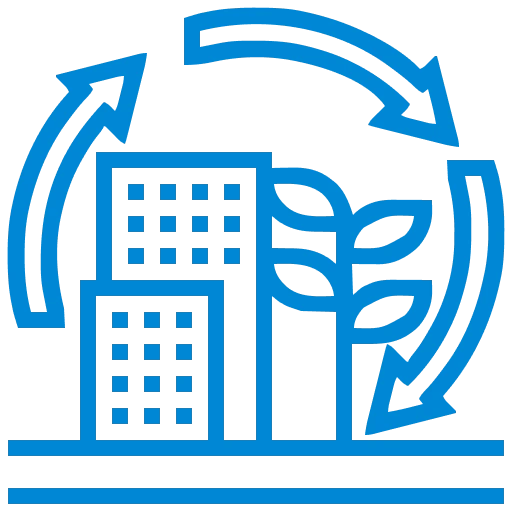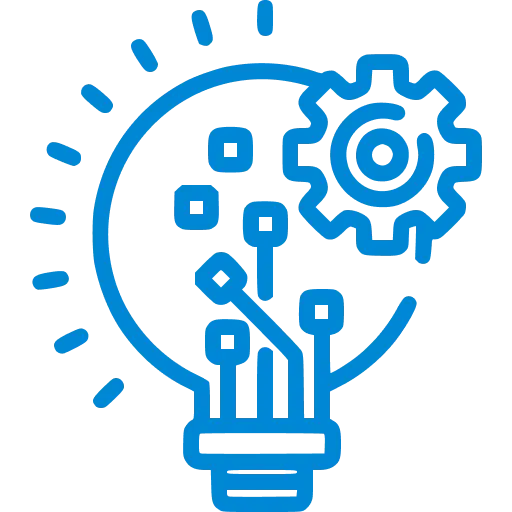Security Spotlight: Why Staying on SAP PI/PO Puts Your Data at Risk
WRITTEN BY
Incture
20th May 2024
Integration
Introduction
SAP Process Integration (PI) and Process Orchestration (PO) have long been the backbone of integration and orchestration for SAP landscapes. They serve as the central platforms for integrating various SAP and non-SAP systems, managing workflows, and orchestrating business processes across the enterprise. While PI excels at connecting different applications and systems within an organization, PO provides valuable tools for designing and automating workflows across systems.
- SAP PI/PO faces significant limitations due to its rigid architecture, heavily reliant on point-to-point connections and manual configuration. This inflexibility makes it challenging for organizations to adjust to changing business requirements and efficiently expand their integration initiatives.
- Additionally, its dependency on on-premises infrastructure poses challenges in today’s cloud-centric environment. Migrating the existing PI/PO landscapes to the cloud is complex and costly as it requires significant investment in infrastructure and resources.
- The SAP Integration Suite emerges to help organizations combat all challenges posed by PI/PO systems. It offers a comprehensive solution for modernizing and optimizing integration and orchestration processes within organizations. By leveraging advanced integration capabilities, organizations can streamline their business processes, improve data visibility, and enhance collaboration across departments and systems.
- Unlike traditional integration approaches like SAP PI/PO, the Integration Suite adopts a cloud-native architecture, enabling rapid deployment, scalability, and adaptability to changing business needs.
The Need for Migration
While SAP PI/PO has historically served as a robust integration and orchestration platform for numerous organizations, its sustainability is now being called into question due to several compelling reasons. SAP PI/PO’s architecture and technology stack can hinder the organizations’ ability to swiftly adapt to changing business requirements and embrace emerging technologies. Its reliance on traditional point-to-point connections and manual configuration poses challenges in managing complex integration scenarios, limiting agility, scalability, flexibility, visibility, security risks, cost and time, and innovation potential.
Benefits of SAP’s Integrated Solutions
The benefits of SAP’s integrated solutions extend beyond operational efficiency to encompass strategic advantages that include the following:
Streamlined Business Processes
SAP’s integrated solutions streamline business operations by eliminating silos and optimizing workflows. It provides a unified platform for various functions such as finance, HR, procurement, and supply chain management. This enables businesses to streamline end-to-end processes, reduce complexity, and improve operational efficiency.
Efficiency Gains
It optimizes business workflows through the automation of repetitive tasks, decreased manual involvement, and error reduction. This increased efficiency allows organizations to achieve cost savings and improved productivity.
Improved Data Accuracy and Visibility
By integrating disparate systems and data sources, SAP solutions ensure that information is consistent, accurate, and readily available across the organization. This enhanced data integrity provides stakeholders with a holistic perspective on business operations, facilitating enhanced decision-making and swift adaptation to market dynamics.
Enhanced Decision-Making
With access to real-time data and advanced analytics capabilities, decision-makers can gain valuable insights into business performance, customer trends, and market dynamics. Understanding trends and patterns help organizations make data-driven decisions that drive growth, innovation, and competitive advantage.
Scalability and Flexibility
SAP Integrated Suite is designed to scale alongside growing business needs and adapt to changing requirements. Organizations can rely on SAP’s flexible architecture to support their evolving business requirements and stay ahead in the market.
Compliance and Risk Management
SAP’s integrated solutions include built-in compliance features and risk management capabilities, helping organizations adhere to regulatory requirements and mitigate operational risks. By automating compliance processes, organizations can minimize errors, ensure data integrity, and maintain audit readiness.
SAP ECC 6.0 End-of-Support Deadline is December 31, 2027! Accelerate Migration!
- The impending end-of-support deadline for SAP ECC 6.0, scheduled for December 31, 2027, presents a pressing need for migration. Beyond this date, SAP is unlikely to provide updates, patches, or support services for ECC 6.0 systems, leaving organizations vulnerable to security threats, compliance issues, and operational challenges.
- Without regular security updates and patches, these systems are more susceptible to cyberattacks, data breaches, and unauthorized access.
- Data protection regulations such as GDPR, CCPA, and others impose strict requirements on organizations regarding the handling and processing of personal data.
- Running on unsupported software like ECC 6.0 may hamper organizations’ ability to maintain compliance with these regulations, exposing them to penalties, fines, and legal consequences.
- While there are only three years left to breach the deadline, Gartner’s assessment states that 70% of business suite 7/ECC customers have not yet undergone migration to S/4HANA.
- There are a lot of processes to be done, from creating a business case, allocating funding, working with SAP on a license agreement, selecting an implementation partner, performing the implementation, rolling out, and driving adoption. While there is so much work to be done in so little time, you need not fret.
- As the implementation partner, Incture specializes in managing SAP S/4 HANA investments, offering comprehensive services that include solution design, deployment, and integration.
- Incture has a track record of innovation and has been recognized with awards for its digital applications and solutions. Their expertise enables businesses to realize value quickly and efficiently, delivering agility and scalability at every step of the transformation journey. They also conduct free assessment workshops to help you begin your transition. Try out their SAP assessment workshops for evaluation purposes.
- SAP has developed a comprehensive roadmap providing organizations with guidance on planning, preparation, execution, and post-migration activities to ensure a smooth transition.
- SAP offers various migration tools, such as the SAP Readiness Check and the SAP Migration Cockpit, which help assess system readiness, analyze custom code, and facilitate seamless data migration.
Data Security Imperative: The Risks of Delaying Your SAP PI/PO Upgrade
Security threats are a significant concern for organizations still using SAP PI/PO, particularly regarding data privacy and vulnerability. Without upgrading to SAP Integration Suite, these systems become more susceptible to cyberattacks and data breaches. Legacy systems lacking security updates do not have the latest security patches and features, leaving sensitive data exposed to potential threats. This is especially crucial in light of regulations like GDPR, where non-compliance due to outdated systems can result in severe financial penalties and reputational damage. Upgrading to SAP Integration Suite not only ensures compliance with data protection regulations but also strengthens overall security posture by leveraging the latest security features and updates.
Once an organization has properly moved to the cloud with the correct integrations, it can rest assured that its important data and applications are more secure than with legacy systems. The top cloud security concerns are
- Data loss and leakage (69%),
- Data privacy and confidentiality (66%),
- Accidental exposure of credentials (44%).1
Security measures by implementation partners like Incture help organizations, maybe much like your own, migrate and integrate with the confidence that data and systems are secure throughout the process and after deployment.
Begin Your SAP PI/PO Migration Now!
SAP PI/PO maintenance will continue only until the end of 2027, with the option of extended maintenance until the end of 2030 at additional charges. Staying on SAP PI/PO beyond 2027 poses significant risks, which reinstates the critical need for SAP customers still on PI/PO to initiate their migration process promptly. By proactively planning and executing the migration process, organizations can future-proof their systems, mitigate security concerns, optimize business processes, and respond to changing business requirements effectively.
Reference links
Explore how Tricentis enhances your S/4HANA migration journey









